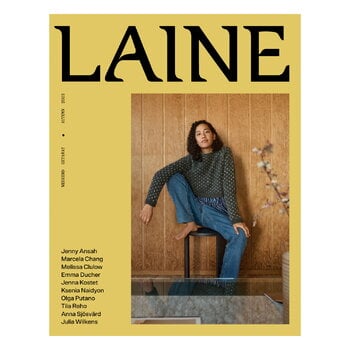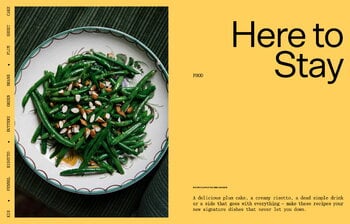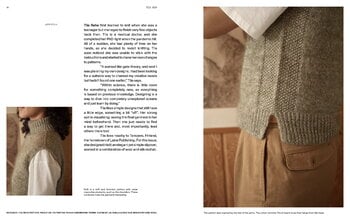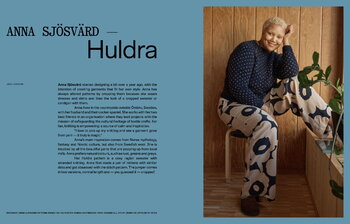Laine magazine contains knitting tips, interesting articles, and stories from the world of wool, inspiring interviews, and seasonal recipes. The magazine is published three times per year, in both English and Finnish.
The 18th issue of the magazine (autumn 2023) is inspired by a weekend getaway at the cabin. The knitting instructions feature warm clothes for chilly autumn days with a special focus on textures: are you a fan of cables, ribbed lines or moss stitch? Altogether, Laine magazine issue 18 features 11 knitting patterns as well as stories about Gudrun Johnston's and Mary Jane Mucklestone's tour in Shetland, American knitwear designer and fashion historian Sydney Crabaugh as well as Tanis “Akutuq” Simpson, whose company produces yarn from a fibre that derives from the undercoat of the muskox.
In Laine 18 — called Weekend Getaway — we take time to relax in a little cottage by the forest. The versatile and comfortable knits are suited for both indoors and outdoors, and they are the perfect addition to your wardrobe as the days get colder.
Designers featured in this issue: Jenny Ansah, Marcela Chang, Melissa Clulow, Emma Ducher, Jenna Kostet, Ksenia Naidyon, Olga Putano, Tiia Reho, Anna Sjösvärd and Julia Wilkens.
















